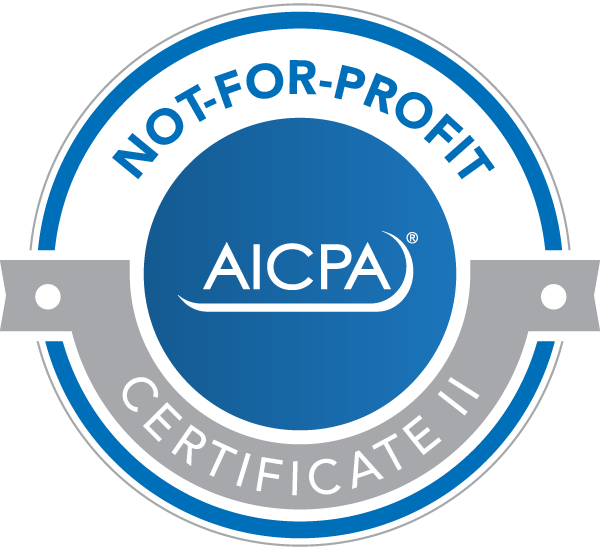Although planning is needed to help build the biggest possible nest egg in your traditional IRA (including a SEP-IRA and SIMPLE-IRA), it’s even more critical that you plan for withdrawals from these tax-deferred retirement vehicles. There are three areas where knowing the fine points of the IRA distribution rules can make a big difference in how much you and your family will keep after taxes:

Early distributions. What if you need to take money out of a traditional IRA before age 59½? For example, you may need money to pay your child’s education expenses, make a down payment on a new home or meet necessary living expenses if you retire early. In these cases, any distribution to you will be fully taxable (unless nondeductible contributions were made, in which case part of each payout will be tax-free). In addition, distributions before age 59½ may also be subject to a 10% penalty tax. However, there are several ways that the penalty tax (but not the regular income tax) can be avoided, including a method that’s tailor-made for individuals who retire early and need to draw cash from their traditional IRAs to supplement other income.
Naming beneficiaries. The decision concerning who you want to designate as the beneficiary of your traditional IRA is critically important. This decision affects the minimum amounts you must generally withdraw from the IRA when you reach age 72, who will get what remains in the account at your death, and how that IRA balance can be paid out. What’s more, a periodic review of the individual(s) you’ve named as IRA beneficiaries is vital. This helps assure that your overall estate planning objectives will be achieved in light of changes in the performance of your IRAs, as well as in your personal, financial and family situation.
Required minimum distributions (RMDs). Once you attain age 72, distributions from your traditional IRAs must begin. If you don’t withdraw the minimum amount each year, you may have to pay a 50% penalty tax on what should have been paid out — but wasn’t. However, for 2020, the CARES Act suspended the RMD rules — including those for inherited accounts — so you don’t have to take distributions this year if you don’t want to. Beginning in 2021, the RMD rules will kick back in unless Congress takes further action. In planning for required distributions, your income needs must be weighed against the desirable goal of keeping the tax shelter of the IRA going for as long as possible for both yourself and your beneficiaries.
Traditional versus Roth
It may seem easier to put money into a traditional IRA than to take it out. This is one area where guidance is essential, and we can assist you and your family. Contact us to conduct a review of your traditional IRAs and to analyze other aspects of your retirement planning. We can also discuss whether you can benefit from a Roth IRA, which operate under a different set of rules than traditional IRAs.
- Evaluate whether a Health Savings Account is beneficial to you - September 19, 2023
- Investment swings: What’s the tax impact? - September 12, 2023
- Plan now for year-end gifts with the gift tax annual exclusion - September 5, 2023
- Selling your home for a big profit? Here are the tax rules - August 29, 2023
- The tax consequences of employer-provided life insurance - August 22, 2023









